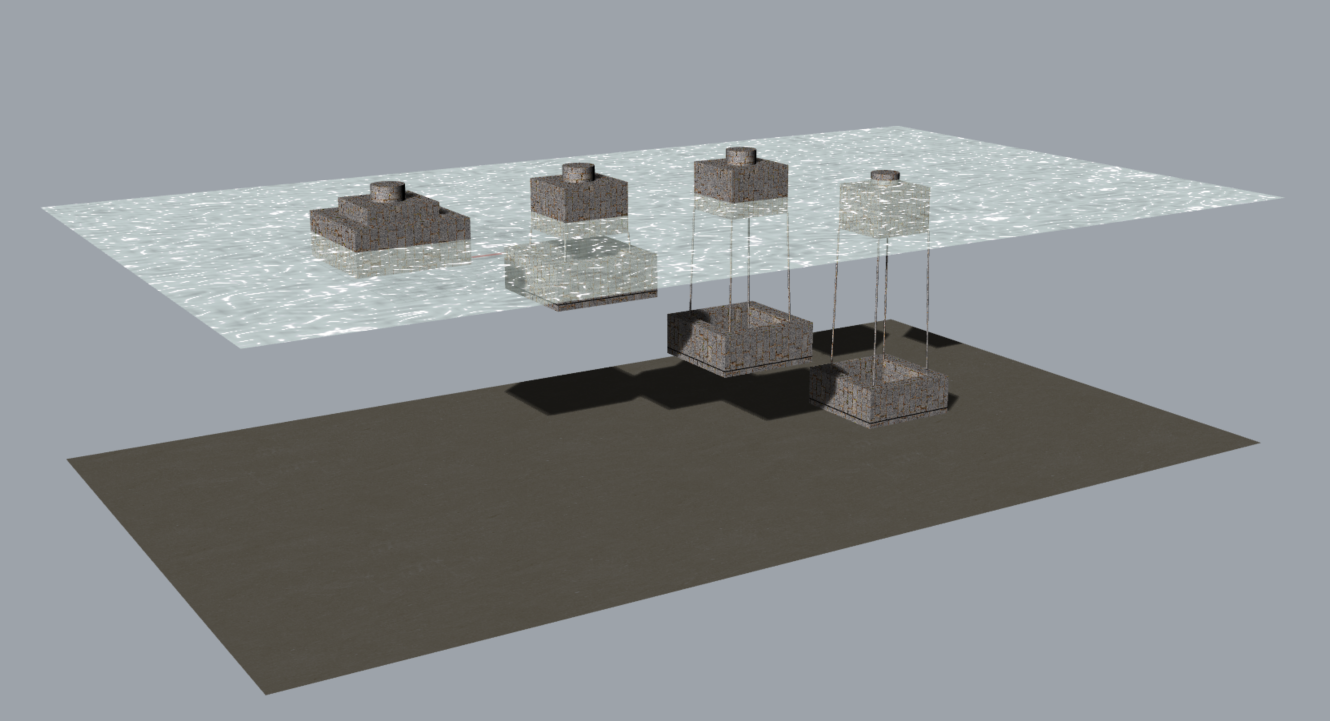
IPEEM
Investigation of a new concept of marine floating foundation infrastructure, which allows the installation of high-power turbines in high-depth locations, with greater availability and better wind resources, managing at the same time to reduce CAPEX, thanks to the use of low-cost materials and its manufacturing, self-transport and self-installation characteristics.
Technical Objectives:
20% cost reduction compared to floating steel foundations thanks to:
▪ 100% concrete structure, cheaper than steel. It will be necessary to study the design of the structure to obtain a simple and manufacturing design in this material.
▪ Self-transportable structure and integrated launching. The platforms are built in port and transported on another vessel or towed. Launching towed structures also requires the use of barges. In IPEEM the foundation will be towable and will not require additional means to launch it.
▪ Self-installable: IPEEM will integrate the connection systems between the afloat part and the part anchored to the bottom, becoming a self-installable system.
▪ Rapid construction: Additive and afloat construction means are proposed that allow rapid construction of the foundation, with a time reduction of up to 70%.
Installable power: IPEEM will allow the installation of 15MW turbines. Current platforms are designed for a maximum power of 8.4MW.
Installation depth: IPEEM will be installable at depths greater than 100m where energy production is improved.
Environmental efficiency: IPEEM will reduce the means and time required for manufacturing, transportation and installation. This will imply the reduction of emissions. Furthermore, thanks to the use of concrete, the carbon footprint will be reduced compared to the use of steel.
Scalable: Marine foundations have a range of use determined by depth and environmental conditions. The new foundation concept is adaptable to low and great depths and applicable to platforms of different sizes.
Configurable: The objective is an infrastructure that can adapt to these different uses such as testing platforms or new marine energy technologies.
